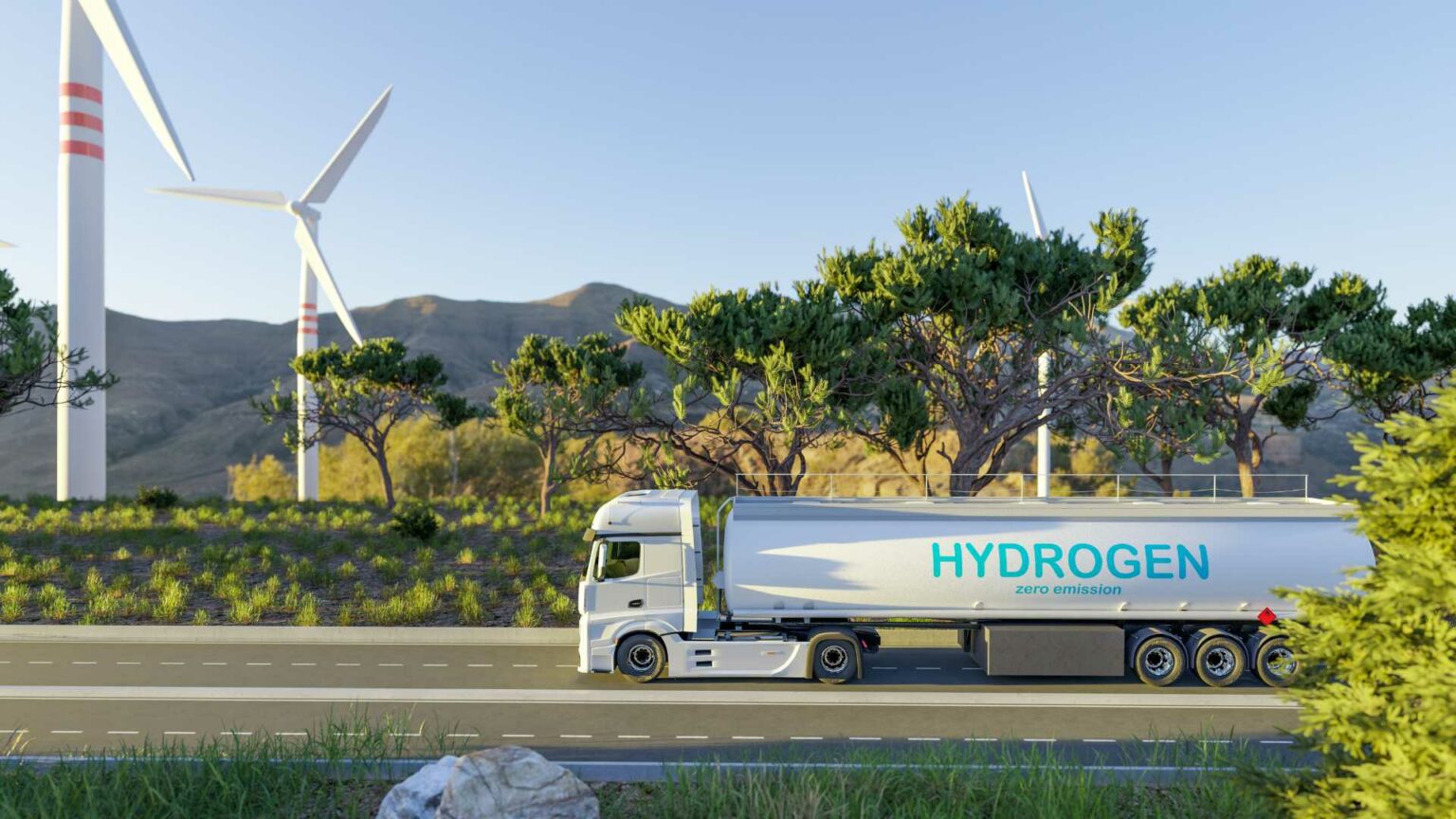In the intricate tapestry of transport, Heavy Goods Vehicles (HGVs) weave a disproportionate environmental footprint, contributing 20% of emissions despite constituting only 1.5% of all transport. As sustainability takes center stage globally, the need to decarbonize HGVs becomes imperative.
Simone Bruckner, Managing Director of automotive resistor manufacturer Cressall, presents a compelling case for the adoption of hydrogen-powered HGVs and elucidates the critical role of resistors in steering this transformative shift.
HGVs, the unsung heroes of commerce, bear the weight of keeping nations supplied. In the UK, a staggering 95% of goods traverse the roads via HGVs during their life cycle. However, this indispensable industry emerges as one of the least sustainable, casting a looming shadow on environmental goals. With 96% of new trucks relying on diesel, the path to achieving a zero-emission HGV fleet by 2040 faces multifaceted challenges.
The distinctive challenge in decarbonizing HGVs lies in their weight and energy demands. Heavier loads necessitate more power, and with HGV journeys averaging a substantial 66 miles, energy efficiency becomes paramount. Standard electric vehicle (EV) batteries face limitations, demanding regular charging that aligns poorly with the prolonged journeys undertaken by HGVs.
A beacon of promise emerges in the form of hydrogen-powered fuel cell electric vehicles (FCEVs). Unlike battery-powered counterparts, FCEVs utilize proton exchange membrane fuel cells to generate power. The ensuing reaction between hydrogen and oxygen produces electricity, leaving only heat and water as by-products, marking a significant reduction in greenhouse gas emissions.
FCEVs eliminate the charging infrastructure conundrum by relying on hydrogen refueling. With hydrogen fuel pumps strategically positioned along common HGV routes, the convenience of refueling empowers HGVs to undertake extended journeys, positioning FCEVs as a practical alternative to diesel engines.
As FCEVs gain traction, optimizing their operating efficiency becomes pivotal. Fuel cell studies reveal potential instability during prolonged acceleration, necessitating higher-capacity cells to ensure consistent power output. Here, dynamic braking resistors (DBRs) play a crucial role in managing excess energy safely, enhancing the overall lifespan of HGVs.
Cressall’s EV2 DBR emerges as a fitting solution for fuel cell HGV applications. Water-cooled and devoid of heavy fans, the EV2 DBR weighs only 15% of standard DBRs. This lightweight yet robust solution can be combined to handle up to 125 kilowatts, addressing the high continuous power requirements of HGVs efficiently.
While the diesel HGV ban looms in 2040, the trajectory toward hydrogen-powered engines beckons. The integration of DBR-enabled hydrogen cells stands as a safe and effective catalyst for the UK’s net-zero transition, steering the HGV industry toward a sustainable and environmentally conscious future.





